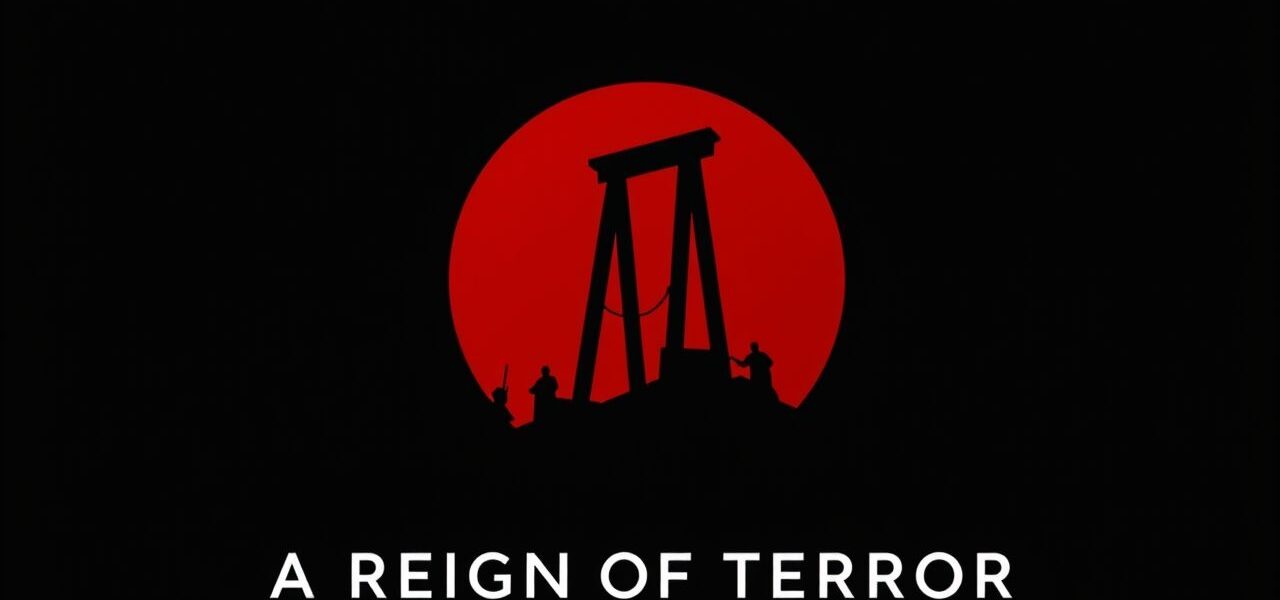Throughout history, periods known as ‘Reigns of Terror’ have left indelible marks on societies by spreading fear, oppression, and violence. These dark times often emerge during political upheavals or revolutions, where governments or factions exert extreme measures to consolidate power or suppress opposition. The consequences of such reigns are severe, involving mass arrests, executions, and widespread human rights abuses, which shape the political and social landscape for generations. Understanding the causes, characteristics, and effects of a reign of terror helps in grasping how fear can be weaponized to control populations and the lasting impact it leaves behind.
Definition and Origins of a Reign of Terror
A ‘Reign of Terror’ refers to a period marked by intense political repression and violence, often orchestrated by those in power to eliminate perceived enemies. The term is most famously associated with the French Revolution’s Reign of Terror between 1793 and 1794, during which thousands were executed by guillotine under the leadership of the radical Jacobins. However, the concept applies more broadly to any period where terror tactics are used systematically by authorities to maintain control.
Historical Contexts of Terror
- The French Revolution: The archetypal Reign of Terror, aimed at protecting the revolution from internal enemies.
- The Stalinist Purges: Political repression and mass executions in the Soviet Union during the 1930s.
- The Khmer Rouge Regime in Cambodia: A brutal campaign of terror and genocide during the late 1970s.
- Other instances of state-sponsored terror during times of civil war or political instability worldwide.
These events illustrate how terror becomes a tool to instill fear, suppress dissent, and enforce ideological conformity.
Causes and Triggers of a Reign of Terror
A reign of terror usually arises from a combination of social, political, and economic factors that create a volatile environment. Often, these include:
- Political Instability: Revolutions, coups, or weakened governments that face threats to their authority.
- Ideological Extremism: Radical factions seeking to impose their vision at any cost.
- Fear of Counter-Revolution or Opposition: Leaders may use terror to eliminate anyone perceived as a threat.
- War and Social Upheaval: Times of war can accelerate the use of terror as a control mechanism.
In such contexts, the ruling groups justify harsh repression as necessary to protect the state or revolution, often disregarding human rights and legal norms.
Characteristics of a Reign of Terror
Several defining features emerge during a reign of terror:
- Mass Arrests and Executions: Large numbers of people, including political opponents, intellectuals, and ordinary citizens, are detained and often executed without fair trials.
- Surveillance and Informants: Societies are infiltrated by secret police and informants, creating widespread mistrust.
- Suppression of Free Speech: Media and public discourse are controlled or censored to prevent criticism.
- Use of Terror as Policy: Fear is deliberately spread to control behavior and enforce obedience.
The Reign of Terror is marked not only by physical violence but also by psychological intimidation and paranoia.
Social and Political Impact
The immediate consequences of a reign of terror are often devastating:
- Loss of Life: Thousands or even millions may die as a direct result of state violence.
- Breakdown of Social Trust: Fear and suspicion damage community bonds.
- Political Polarization: Extremes of ideology become entrenched, often leading to further conflict.
- Economic Disruption: Violence and repression interrupt trade, agriculture, and industry.
In the long term, these effects can hinder societal progress, deepen divisions, and leave lasting trauma. Often, such periods lead to eventual backlash, reforms, or regime changes as populations reject oppressive rule.
Examples of Notable Reigns of Terror
The French Revolution (1793-1794)
The French Reign of Terror is the most famous example, led by Robespierre and the Committee of Public Safety. It aimed to protect revolutionary ideals by purging enemies of the revolution. Over 16,000 people were executed officially, including King Louis XVI and Queen Marie Antoinette. The use of the guillotine became a symbol of terror, and paranoia permeated all levels of society.
The Stalinist Purges
In the Soviet Union, Joseph Stalin orchestrated purges during the 1930s that targeted political rivals, intellectuals, and ordinary citizens accused of dissent. Millions were imprisoned, sent to labor camps, or executed. This terror solidified Stalin’s control but left deep scars in Soviet society.
The Khmer Rouge Regime
Under Pol Pot’s leadership, Cambodia underwent a brutal reign of terror from 1975 to 1979. The regime attempted to create a communist agrarian society through extreme measures, including mass executions, forced labor, and starvation. Approximately 1.7 to 2 million people around a quarter of the population died during this period.
How Societies Recover from Terror
Recovering from a reign of terror is a complex, lengthy process. Societies must address deep psychological wounds, rebuild institutions, and restore trust. Key components of recovery often include:
- Truth and Reconciliation: Commissions to uncover abuses and promote healing.
- Justice and Accountability: Trials of perpetrators to restore faith in the rule of law.
- Political and Social Reforms: Creating inclusive governance to prevent recurrence.
- Economic Reconstruction: Revitalizing livelihoods and infrastructure.
Education about the past reign of terror is crucial to ensure future generations learn from history’s darkest chapters.
A reign of terror represents one of the most frightening expressions of power, where fear is weaponized to silence dissent and impose control. While it can emerge in different historical and cultural contexts, the pattern remains consistent widespread violence, suppression, and a breakdown of social order. Recognizing the warning signs and understanding the profound impact of such periods is essential to fostering resilient societies that uphold human rights and democratic values. Though the scars of terror can last for decades, the human spirit’s resilience offers hope for renewal and peace.
